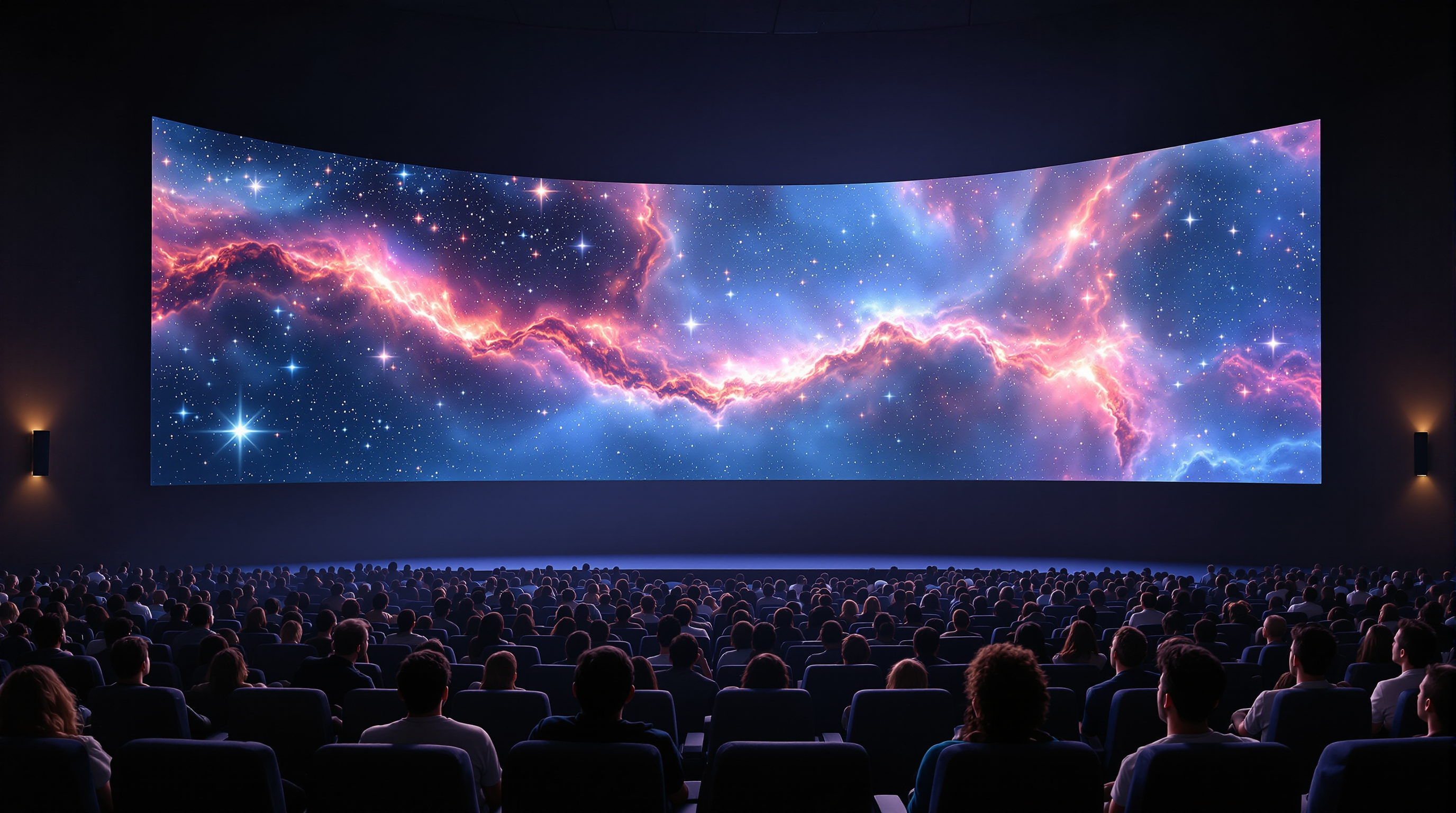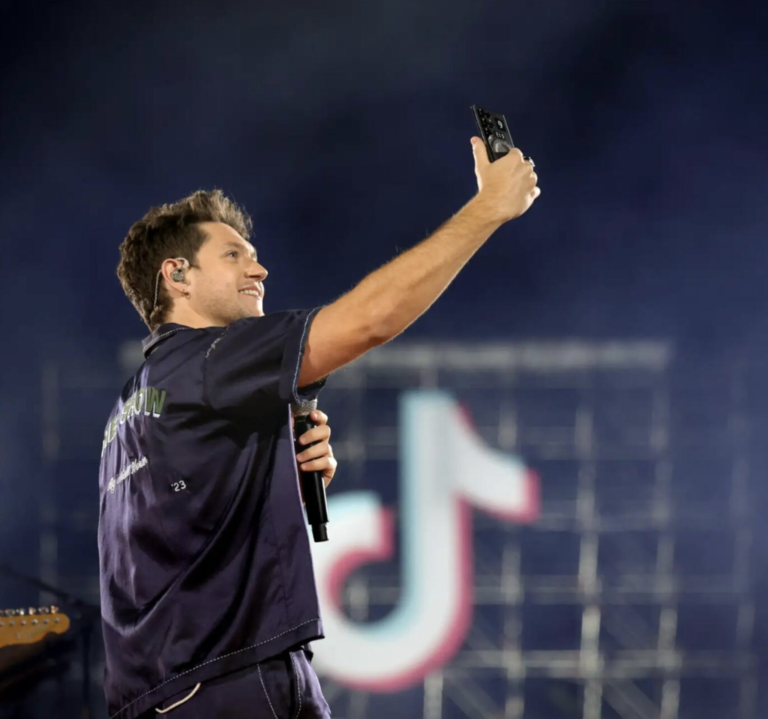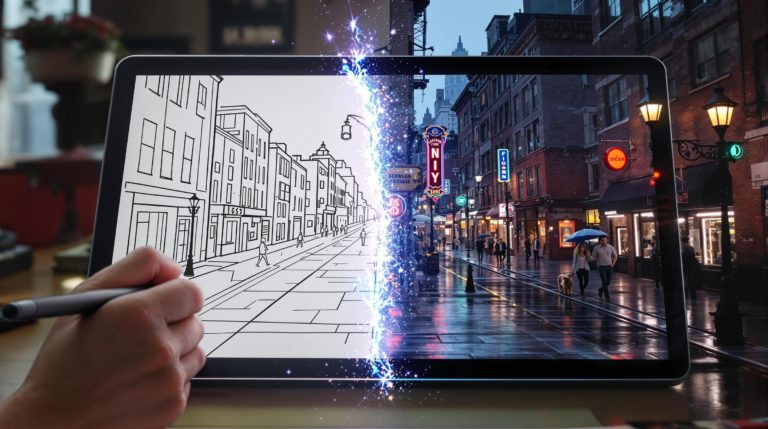Visibility: The resolution revolution that changed everything.
The small screening room was silent. Twenty industry professionals, veterans who had seen every technological shift in filmmaking, sat motionless.
Carlos Martinez, a 38-year-old documentary filmmaker, knew he was about to change everything.
The Amazon Project.
For three years, Carlos had been documenting an uncontacted indigenous tribe deep in the Brazilian Amazon. But this wasn't just another documentary. This was a portal to another world.
The technological gamble.
Using a custom-built 16K camera system, Carlos had captured something unprecedented:
- Microscopic details of rainforest ecosystems
- Intimate human moments with crystal-perfect clarity
- Environmental textures invisible to the human eye
When the first frames flickered to life, the room collectively held its breath.
Resolution beyond imagination.
At 16K (15360 × 8640 pixels), the image was more than a visual experience. It was a living, breathing ecosystem.
Viewers could:
- See individual water droplets suspended in mid-air
- Observe the subtle muscle movements of a jaguar hunting
- Witness the intricate wing structures of insects
- Perceive human expressions with forensic-level detail
Immersive breakthrough.
Unlike traditional documentaries, this wasn't watching. This was experiencing.
A butterfly's wing wasn't just visible—you could count its microscopic scales. A tribal elder's expression wasn't just seen—you could read decades of history in each line.
The human impact.
The documentary became more than media. It became a bridge between worlds.
Indigenous communities saw themselves represented with unprecedented dignity. Environmental researchers gained insights impossible through previous technologies. Global audiences connected with a world they'd never imagined.
An optical marvel.
16K resolution meant:
- 138.2 million pixels per frame
- Unprecedented color depth
- Near-human visual perception
- Ability to zoom without losing quality
A new visual language.
Carlos had created more than a film. He'd developed a new form of human understanding.
"Resolution isn't about pixels," he would later say. "It's about empathy. The more clearly we can see each other, the more deeply we can understand."
The ripple effect.
Within months, the project:
- Sparked global conversations about indigenous rights
- Generated unprecedented funding for environmental protection
- Revolutionized documentary filmmaking techniques
The future made clear.
This wasn't just a technological achievement. This was a human breakthrough.
Lights. Camera. Understanding. 🌍🎥
Seeking the Next Frontier?
- Embrace emerging technologies
- See beyond current limitations
- Use technology to amplify human connection
- Tell stories that matter
The most profound stories are waiting to be seen—in all their breathtaking, microscopic detail.


